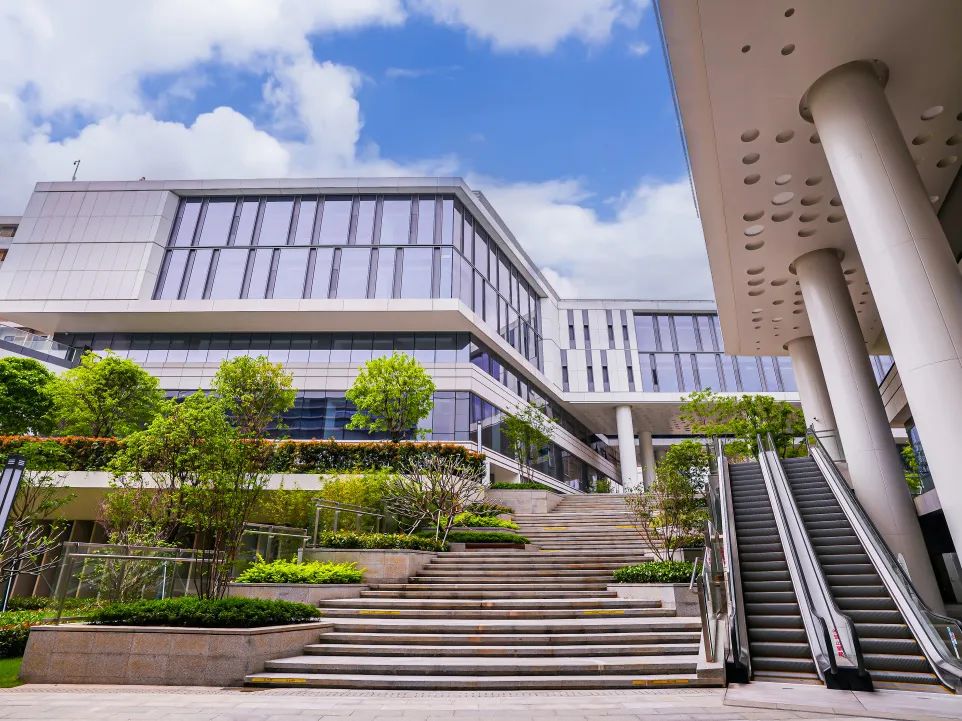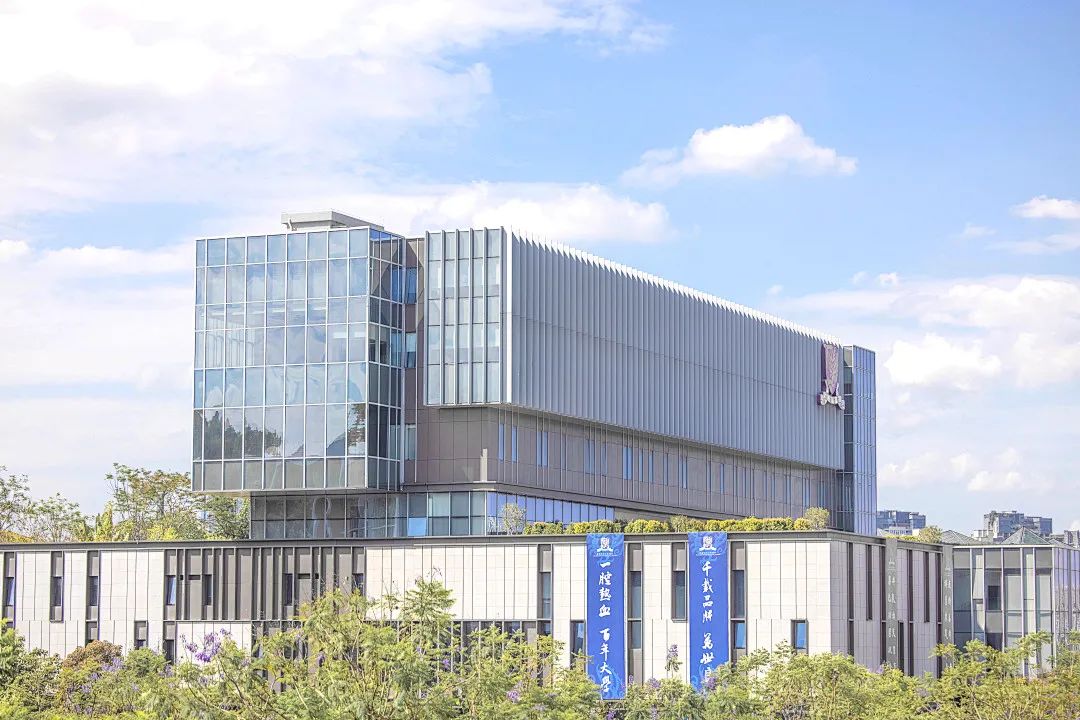

Recently, the City University of Hong Kong (Dongguan) has been approved for establishment. With this, the total number of collaborative universities in Guangdong has reached six. Among them, there are four Chinese mainland-Hong Kong collaborative universities and two Sino-foreign collaborative universities, making Guangdong a leading region for fostering educational partnerships. What factors contribute to Guangdong's role as fertile ground for collaborative education, and what transformations will these collaborative universities bring to the Greater Bay Area?

Currently, there are four major bay areas in the world: the New York Bay Area, the San Francisco Bay Area, the Tokyo Bay Area, and the Guangdong-Hong Kong-Macao Greater Bay Area. Compared to the other three established bay areas, the emerging Greater Bay Area ranks at the forefront in terms of area, population, population density, and GDP.
The development of the Greater Bay Area relies heavily on high-quality and talented individuals. Before the influx of Hong Kong universities, Guangdong already boasted prestigious educational institutions like Sun Yat-sen University, South China University of Technology, and Jinan University. However, it's evident that these institutions alone cannot meet the talent demand of the GBA.On the other hand, Hong Kong boasts world-renowned universities such as the University of Hong Kong, the Chinese University of Hong Kong, the Hong Kong University of Science and Technology, and the City University of Hong Kong. Additionally, Macao has quality institutions like the University of Macao and the Macao University of Science and Technology.Therefore, it's natural that there would be a necessity for cooperation and exchange in higher education among the three provincial-level administrative regions of the GBA.

In 2023, the GBA's economic output surpassed 14 trillion yuan, with Guangdong witnessing a net increase of 1.728 million business entities, reaching a total of 18 million. Among these, individual businesses saw a net increase of 1.11 million, exceeding 10 million in total, while enterprises totaled 7.8 million, constituting one-seventh of the national total. With a population exceeding 150 million, Guangdong welcomed 777 million tourists last year, generating tourism revenue exceeding 950 billion yuan, ranking first nationwide.
The abundant population and thriving businesses of Guangdong provide Hong Kong with a vast hinterland for its universities. To attain a significant position on the global stage of higher education, Hong Kong universities must venture northward.
The newly established City University of Hong Kong (Dongguan) is strategically located in the Songshan Lake Science City, the pioneering area of the comprehensive national science center of the GBA. This area boasts a concentration of major scientific facilities, Guangdong provincial laboratories, and leading technology enterprises, offering high-end innovative resources.
From the establishment of a Hong Kong campus by Shenzhen University earlier this year to the plans of Sun Yat-sen University to set up a higher research institute in Hong Kong, Chinese mainland universities are expressing their aspirations to nurture international talents. Likewise, Hong Kong demonstrates its eagerness to attract quality talent.
Among the world's four major bay areas, the GBA stands out for its uniqueness: one country, two systems, and three customs territories, setting a global precedent. Encouragingly, we observe Hong Kong universities gaining recognition and acceptance among more Chinese mainland candidates, parents, educational institutions, and enterprises. In 2023, the University of Hong Kong (Shenzhen) witnessed its undergraduate graduation rate surpassing 80%, reaching 80.92%, a 2.9 percentage point increase compared to the previous year. Among 963 graduating students, 21.70% secured places in the top 10 universities worldwide for further studies, while 71.55% pursued degrees from the top 50 universities. Regarding employment, the average annual salary for the class of 2023 undergraduates reached 170,800 yuan, with 0.75% earning over 500,000 yuan annually, 7.46% earning between 300,000 and 500,000 yuan, and 28.36% earning between 200,000 and 300,000 yuan (an 11.4 percentage point increase compared to the previous year), and 46.27% earning between 100,000 and 200,000 yuan. Hong Kong universities' expansion into the Chinese mainlandhas yielded remarkable results in both student enrollment and career prospects.
Source:Yangcheng Evening News
又一所港校落户广东!粤港澳大湾区何以厚植合作办学的土壤?
日前,香港城市大学(东莞)获批设立。目前,在广东设立的合作办学大学已经达到6所。其中内地与香港合作办学大学有四所,中外合作办学大学有两所,数量居全国之冠。为什么广东成为厚植办学的土壤?合作办学高校将为粤港澳大湾区带来怎样的变化?
目前,全世界有四大湾区,分别是纽约湾区、旧金山湾区、东京湾区和粤港澳大湾区。相比于其他三个老牌的湾区,新兴的粤港澳大湾区的面积、人口、人口密度、GDP均名列前茅。
大湾区的建设发展,离不开高素质的优秀人才。在“港校北上”之前,广东已经拥有中山大学、华南理工大学、暨南大学等老牌劲旅,但显然无法满足粤港澳大湾区对人才的需求,而香港则拥有香港大学、香港中文大学、香港科技大学、香港城市大学等一批世界知名高校,澳门也拥有澳门大学、澳门科技大学等优质高校。因此,粤港澳大湾区的三个省级行政区之间高等教育的交流合作自然也成为发展的必然。
2023年,粤港澳大湾区经济总量突破14万亿元人民币,广东经营主体净增172.8万户、达到1800万户,其中个体工商户净增111万户、总量突破1000万户,企业780万户、占全国1/7。在粤实有人口超过1.5亿人,去年全省接待游客7.77亿人次,旅游总收入超过9500亿元,均居全国首位。
众多的人口和企业为香港高校提供了广阔的腹地,香港高校如果想要在世界高等教育版图上获得举足轻重的地位,“北上”成为了必然的选择。
刚刚确定“落户”的香港城市大学(东莞)选址粤港澳大湾区综合性国家科学中心先行启动区松山湖科学城,周边集聚了一批大科学装置、广东省实验室、科技龙头企业等高端创新资源。
从今年年初深圳大学设立香港校区,到中山大学计划在香港设立高等研究院,一方面饱含了内地高校希望培育国际化人才的期待;另一方面,也展现出香港对优质人才的渴望。
在世界四大湾区之中,粤港澳大湾区最为独特:一个国家、两种制度、三个关税区,开全球未有之先例。可喜的是,我们看到港校正在被更多的内地考生、家长、升学高校、企业所熟知、认可。2023年,香港中文大学(深圳)本科毕业生的升学比例首次突破八成,达80.92%,同比增长2.9个百分点。963名升学毕业生中,21.70%进入世界大学排名前10名高校深造,71.55%攻读世界大学排名前50名高校的学位。就业的2023届本科毕业生中,平均年薪达17.08万元,年薪大于等于50万元的有0.75%,年薪位于30万元-50万元的有7.46%,年薪位于20万元-30万元的有28.36%(同比上涨11.4个百分点),年薪位于10万元-20万元的有46.27%。香港高校进入内地后,无论是在生源还是在深造就业,都取得了不俗的成绩。
文|记者 孙唯
图|各高校官网
翻译 | 刘佳慧
-
Turkish shadow play meets Guangdong's Lufeng shadow play in Guangzhou
2024-04-23 00:12:15 -
Drunken dragon dance: passed down generations in Zhongshan|Master's Studio
2024-04-21 23:11:54 -
Greater Bay Area lawyers provide legal services at Canton Fair for the first time
2024-04-21 23:12:29 -
China's first deep sea multi-functional scientific research and archaeological vessel launched at Nansha, Guangzhou
2024-04-21 19:36:16






